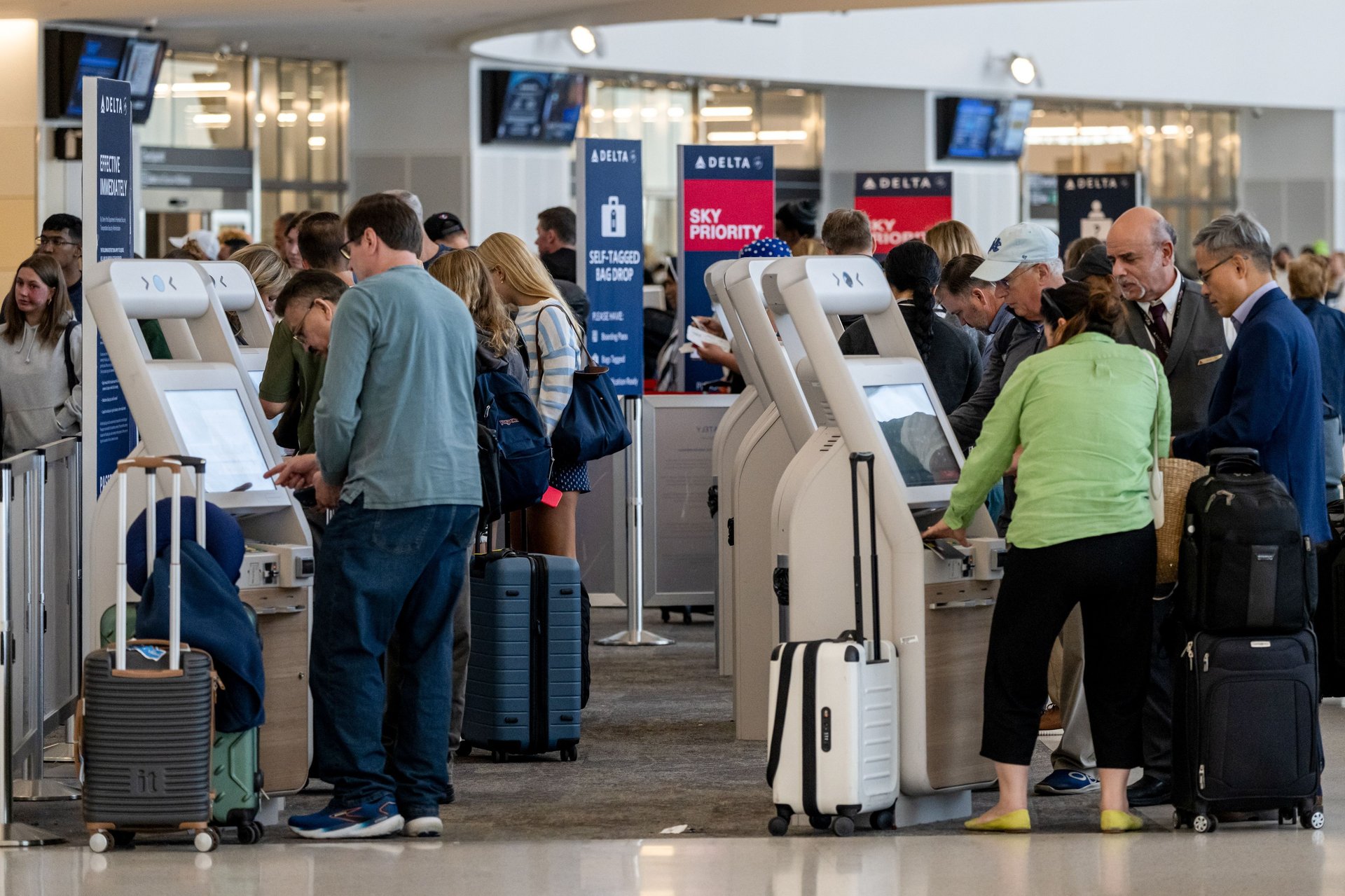Delta brings back its forecast — and maybe a little economic confidence with it
From “best year ever” to cautious clarity, Delta becomes one of the first major companies to bring back earnings guidance. Will others follow?

David Paul Morris/Bloomberg via Getty Images
Delta Air Lines reinstated its full-year earnings guidance Thursday after pulling it during the spring’s economic fog, making it one of the first major companies to put a stake back in the ground.
Suggested Reading
The move appears to signal confidence not so much in improving economic conditions, but in the idea that markets and management teams can operate through the noise. With tariff deadlines continually delayed and political volatility largely priced in, the airline's management clearly sees enough of a path forward to make a call.
Related Content
Even so, the new forecast represents a sharp revision downward.
Why 2025's skies are less friendly than Delta hoped
Back in January, Delta predicted 2025 would be the “best financial year” in the company’s 100-year history, forecasting earnings per share above $7.35 and free cash flow greater than $4 billion. That outlook reflected both strong demand for premium travel and a confident, overtly bullish read on the macro environment.
But after yanking that forecast in April amid tariff chaos and economic murk, Delta’s newly reinstated guidance is far more modest. Full-year EPS is now expected to land between $5.25 and $6.25, with free cash flow of $3 to $4 billion. In other words, even the high end of the new range falls short of January’s bullish target. In tone, too, a shift is clear — what was once framed as a year of historic outperformance is now being presented as disciplined execution amid less-than-favorable conditions.
All the same, the mere act of reinstating its forecast in a strongly macro-driven industry could signify a turning point. If Delta now sees a relatively downbeat but navigable future, other companies might soon follow.
Will the new trend be companies reinstating guidance?
Dozens of companies, from Ford and UPS to Southwest Airlines, had yanked guidance in the first quarter on the back of President Donald Trump’s trade wars. Delta’s decision to do the opposite now reads as a tentative signal that the fog is thinning, or at least that its C-suite is no longer willing to let tariff threats dictate operating conditions.
Delta's Q2 numbers also allow for cautious optimism. While not a blowout, they were solid: Delta posted adjusted earnings of $2.10 a share on $15.5 billion in revenue, both just ahead of expectations. Margins ticked down slightly from a year ago, and unit revenue was off 3%, reflecting a slower pace. What stood out was strength in premium demand. Premium ticket sales rose 5% year-over-year, while main cabin sales fell by the same amount. It's a sign that travel demand hasn’t collapsed, but is stratifying along income lines.
All in all, the results reflect weaker numbers than last year but came in ahead of expectations. And as of Thursday morning, that looked to be enough for Wall Street. The airline's shares soared 13% heading into the market open.
